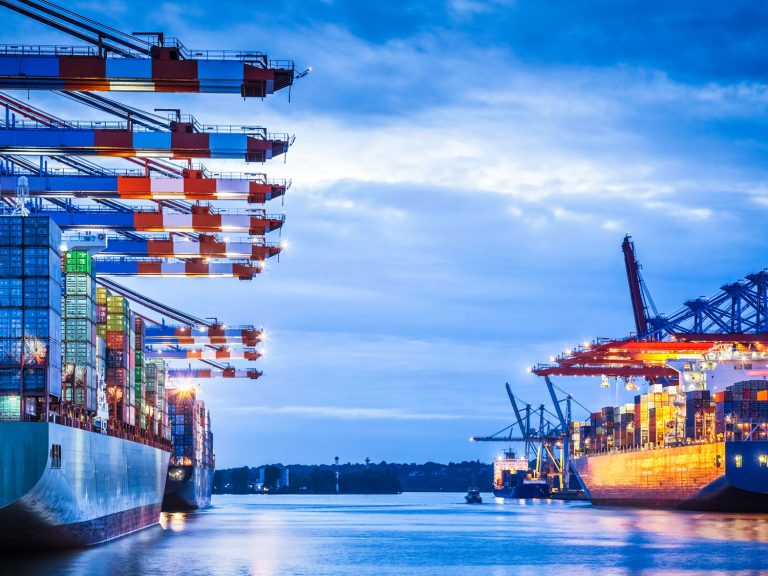
Date:
Sea freight rates to remain elevated into 2022 – and likely beyond
Economists are convinced that global sea freight demand will continue to outstrip container shipping capacity for the rest of this year and into next year, which is good news for the shipping lines’ bottom line, but not so much for shippers, who continue to pay premiums in order to get their product moved.
Consumer and business demand for goods and materials remains very strong, while a limited supply of new vessels entering the market this year and early next will not make a lot of difference, following which the record new-vessel order book running into 2023, should see substantial additional volume begin to appear.
Global demand is forecast to outstrip container shipping capacity this year and into next, with volume growth of between 5 and 7% against capacity growth of 4%, with the potential for port and landside disruption expected for most of 2021 and into next year.
The supply-demand imbalance has been in the shipping lines’ favour for months, with operating profits for the carriers, for the first quarter of 2021, greater than the sum of the previous ten years’ first quarters combined!
Second quarter announcements are due to be announced soon and they will be even greater than Q1.
This highly positive start to the year followed a lucrative 2020 in which operating profits for the lines totalled $26.6 billion, up from $5 billion in 2019, with expectations for profits of $35 billion in 2021. (Though this likely to grow significantly). Some analysts have cited levels at $100 billion for the shipping industry this year!
Compared with the same week in 2019: spot rates from China to the US West Coast last week were up 400%; while China to North Europe were up 636%; and North Europe to the US East Coast up 218%.
Despite the record rate levels, demand is so strong and capacity so limited that carriers are requiring shippers to pay significant premiums to guarantee space. Additional charges that can into thousands of dollars per container, without any real guarantees that space will follow.
The disruption from congestion, as a consequence of the partially-closed Yantian International Container Terminals (YICT) over the last six weeks, combined with persistent demand, is making availability of available empty containers even more scarce, which is putting even more upward pressure on rates.
While in the UK and Europe port congestion and disruption continues, across the Atlantic, the USA are experiencing extreme capacity issues too – affecting rail, trucking and chassis availability in turn slowing down the repositioning of equipment enormously. As a consequence this issue is now also being experienced in the UK. It’s been widely reported that costs for haulage are increasing, alongside the issues of driver retention as the majority of the workforce head to retirement and Brexit implications, compounded by the lack of new vehicles and infrastructure all modes of international transport.
The continuing record numbers of inbound volume from Asia is resulting in delays due to lack of rail cars, delays in delivering cargo as truckers are booked two to three weeks out and chassis are at a deficit, with manufacturers in Europe and North America most affected by delivery delays.
With strong demand for space and limited capacity likely to extend into next year, we encourage shippers with pending orders to contact us now, to get the most attractive options and protect their supply chain.
As we enter the traditional peak season for ocean and air freight it is critical that you book your shipments at the earliest opportunity, which is why forecasting is a key component within the current market.
Please contact us immediately to see how we can support the movement of your products to market or manufacturing locations globally. Metro will always provide you with all options and transparency in how to achieve your expectations and deadlines.
